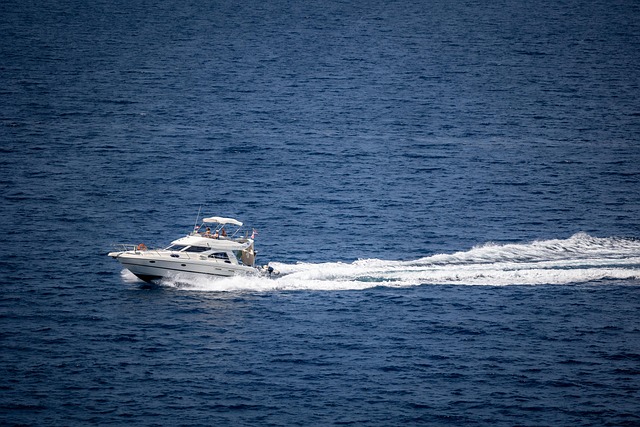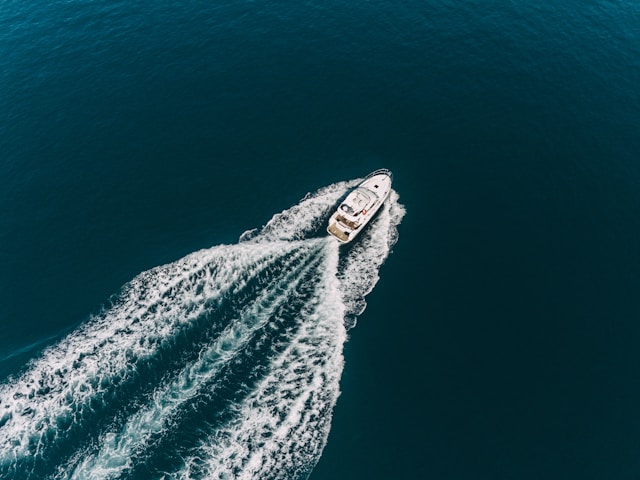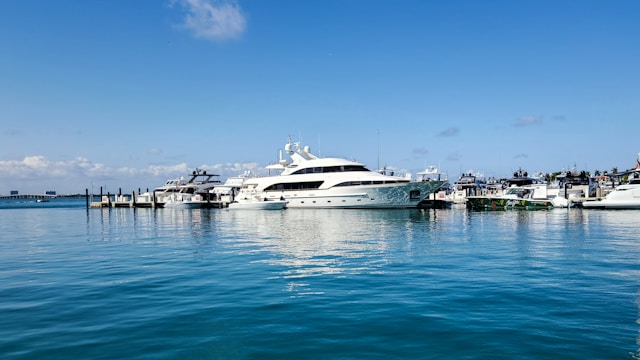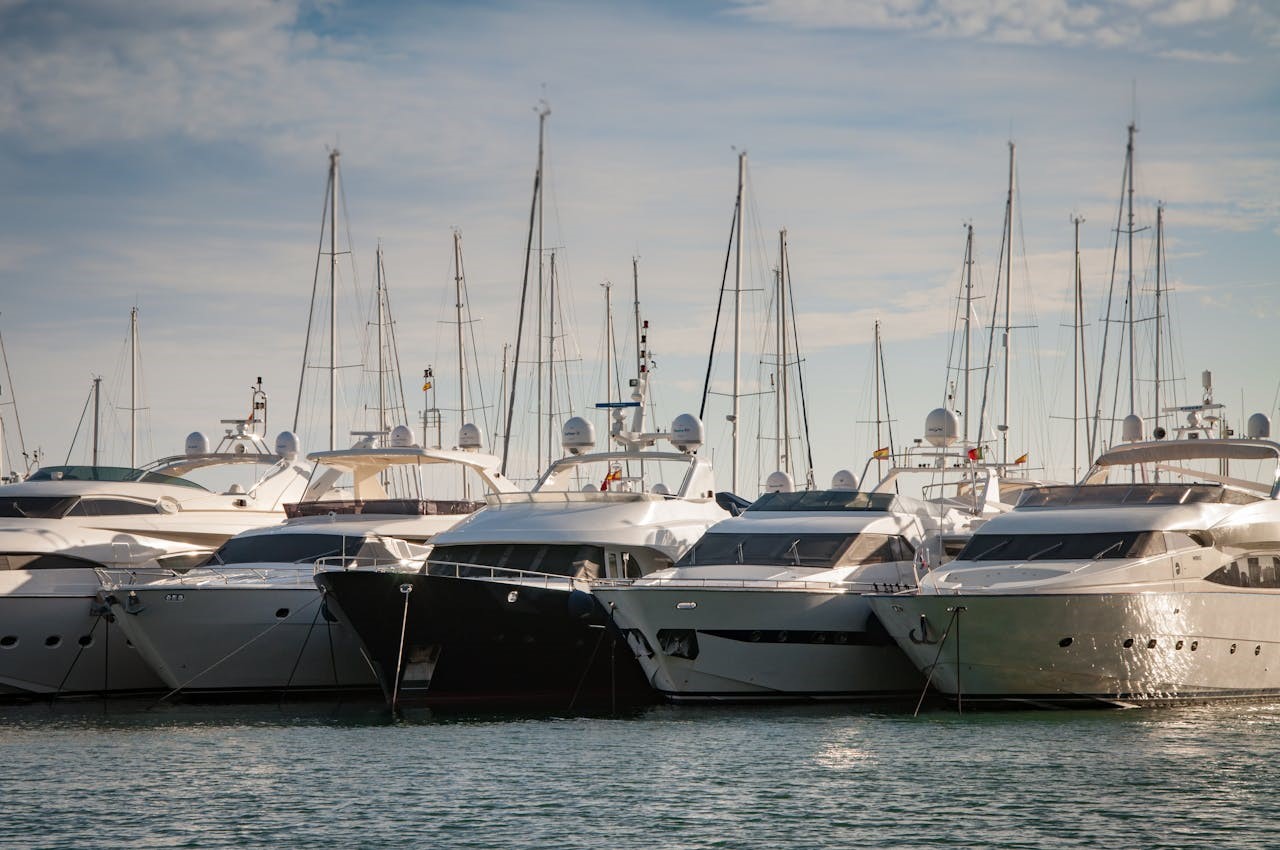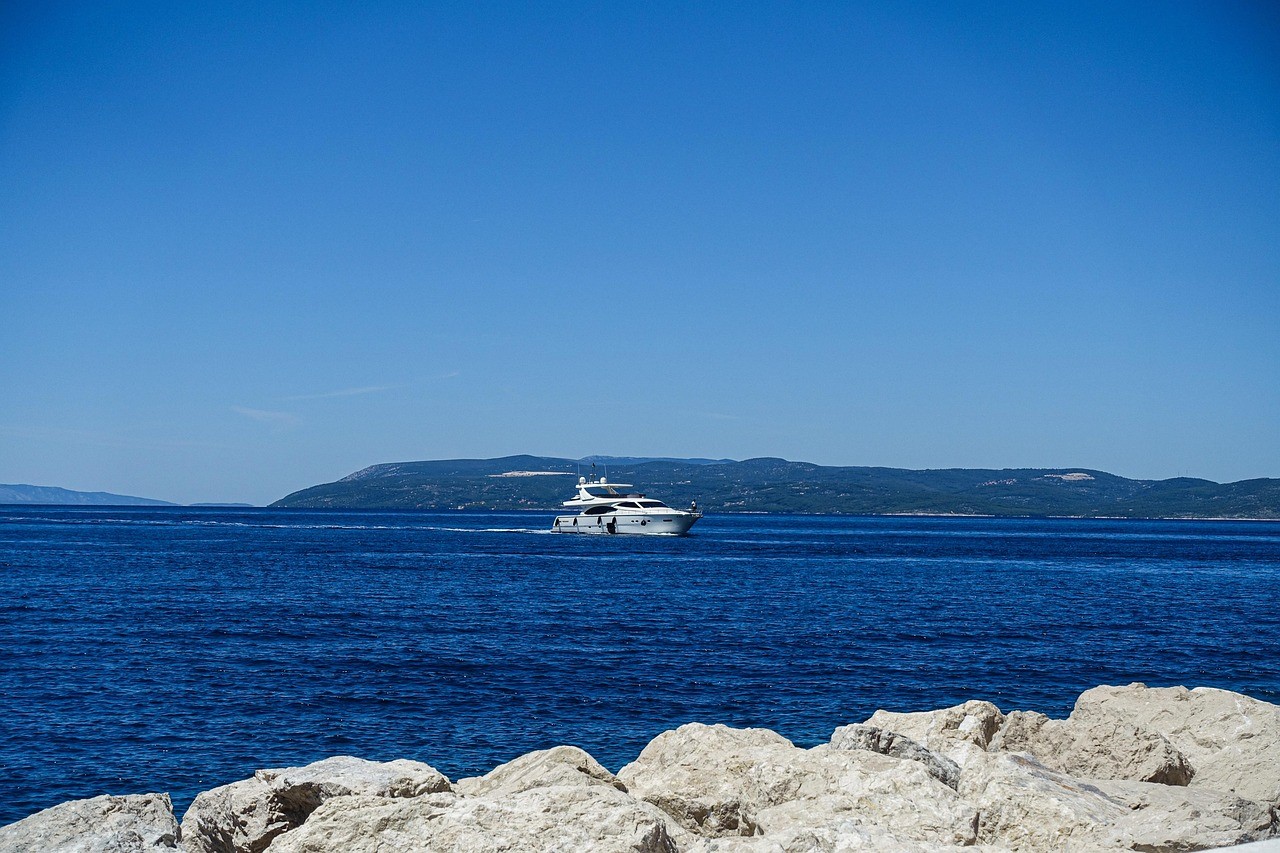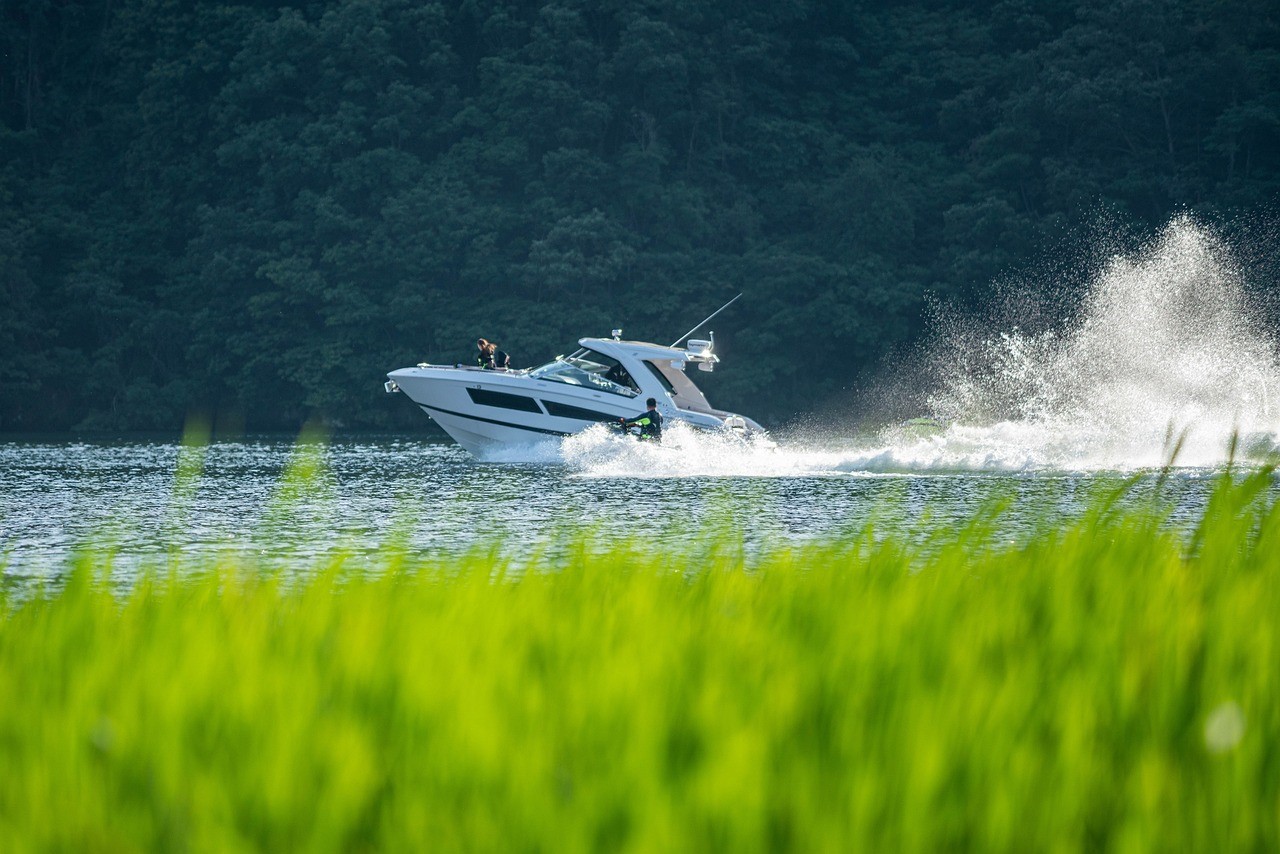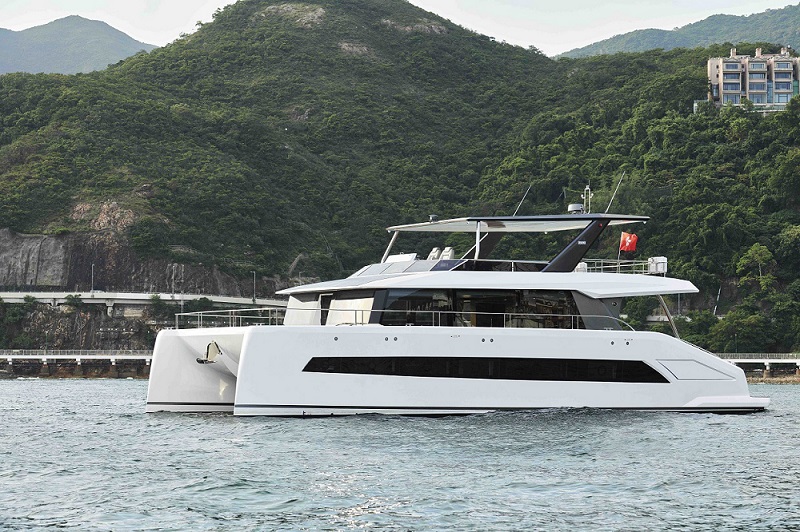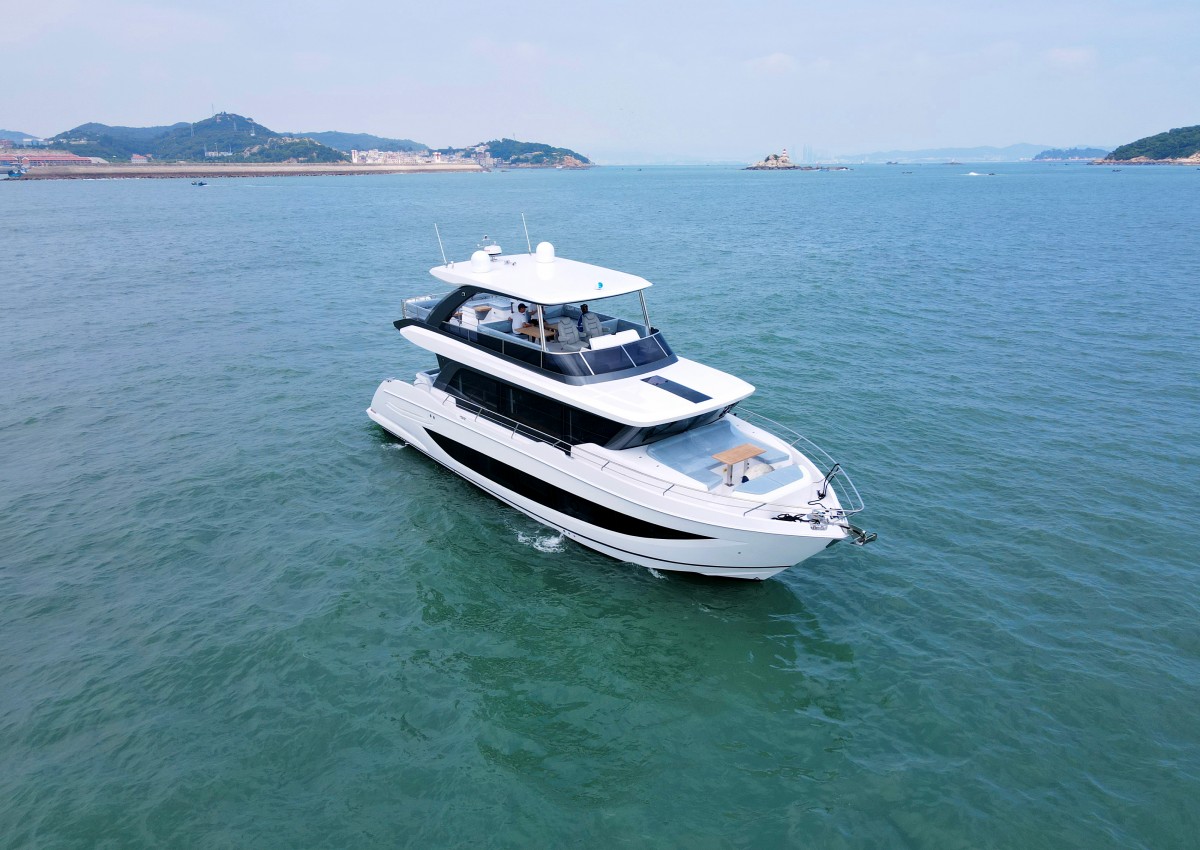Even experienced sailors can encounter the unfortunate situation of a sailboat capsizing while at sea. It is very important to be prepared for such a situation and proper safety precautions can go a long way in avoiding it. This article presents 7 safety tips that must be followed in the event of a capsize of a sailboat that can ensure the safety of you and your crew.
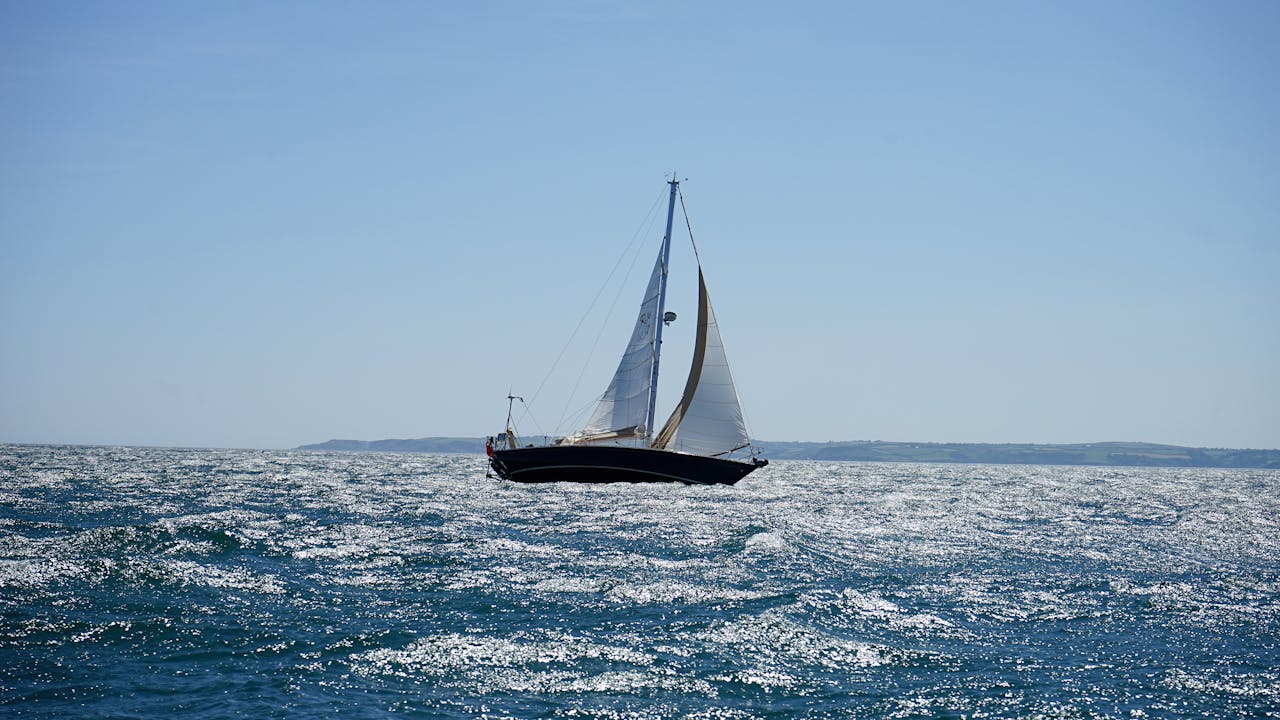
Stay calm and assess the scene
The first thing you need to do when realizing that your sailboat is about to capsize is to stay calm, it's easy to panic and make bad decisions that will make the situation worse. Once you have calmed down, you need to accurately assess the situation at the moment, count the number of people on the scene and make sure everyone is on board, as well as checking to see if there are any injuries on board, and making sure to attend to them promptly if anyone is injured.
Protecting yourself and your crew
After remaining calm and completing your assessment of the scene, the next thing to do is to make sure that everyone on board is equipped with a personal flotation device (PFD) or is wearing a lifejacket correctly, these pieces of equipment will safeguard the lives of the crew and provide the necessary buoyancy support in the event of an emergency. It is also important to organize everyone to hold on to the overturned sailboat and instruct everyone to stay on board as the larger size of the sailboat makes it easier to be spotted by rescuers, and the sailboat can also be used as a makeshift life raft while waiting for help, increasing the chances of being rescued. However, if the sailboat is sinking too fast or the waters are too cold, you will need to abandon the boat and swim in a safe direction.
Righting a Capsized Sailboat
Depending on the size of your sailboat, you may be able to right it with the help of your crew when it capsizes. However, you need to make sure that the sails are completely loose and the ropes are untied before you start the righting operation. When all preparations have been made, have one or more of the watery and strong crew members go to the highest point of the overturned hull and use their strength to straighten the sailboat back up. During the righting process, some specialized righting ropes or other capsize recovery equipment can be used to help and simplify the righting process and make the process smoother.
Getting back on board
Once the sailboat has been re-righted and returned to an upright position, the first thing to do is to help the injured crew members to safely transfer to the boat. After confirming that everyone is back on board, a thorough inspection of the boat's interior needs to be carried out to look carefully for any damage or water ingress. If water is found to have entered the boat's hold, a manual bilge pump, bucket, or other method will need to be used to drain the water out of the boat's hold and return the sailboat to a condition where it can be safely sailed.
Assessing and repairing damage
Once everyone is safely back on board, the next thing to do is to assess and repair the damage the sailboat sustained during the capsize. Carefully inspect the sails for rips and tears, the mast for breaks or bends, and the rigging and hull for any signs of wear or cracks. If you have a basic tool kit and spare parts on board, you can attempt to make temporary repairs to fix some minor damage and safeguard the subsequent safe sailing of the sailboat.
Getting in touch with the coastguard or emergency responders
When a sailboat capsizes, the Coast Guard or emergency personnel need to be contacted in the shortest possible time. Before sailing, you can purchase and carry a VHF marine radio, Personal Locator Beacon (PLB) or satellite phone to facilitate communication with people ashore in case of emergency. When contacting rescue personnel, clearly and accurately provide them with your location, the number of people on board and the severity of the emergency so that they can prepare for the rescue in advance.
Waiting for Rescue
While waiting for rescue, you need to stay warm and dry, as being in the water or wet conditions is likely to lead to hypothermia's that threaten the safety of the living. Therefore, before sailing out to sea, your boat should be equipped with an essential emergency kit including blankets, clothing and waterproofs to deal with hypothermia. Apart from that, prepare visual or audible signals such as flares, whistles or torches for rescuers to locate you quickly.







 Leave the comment
Leave the comment
